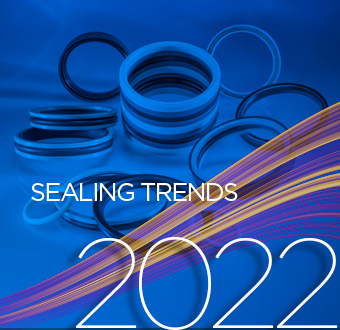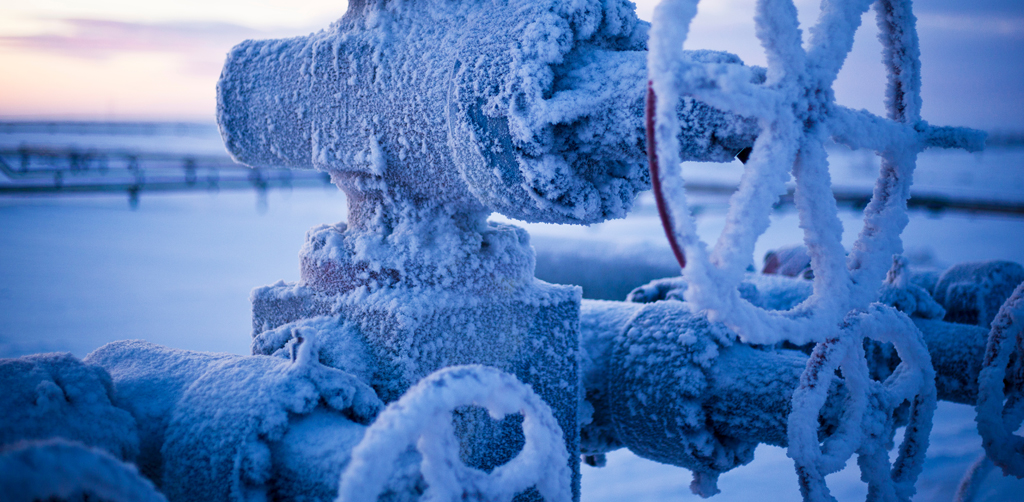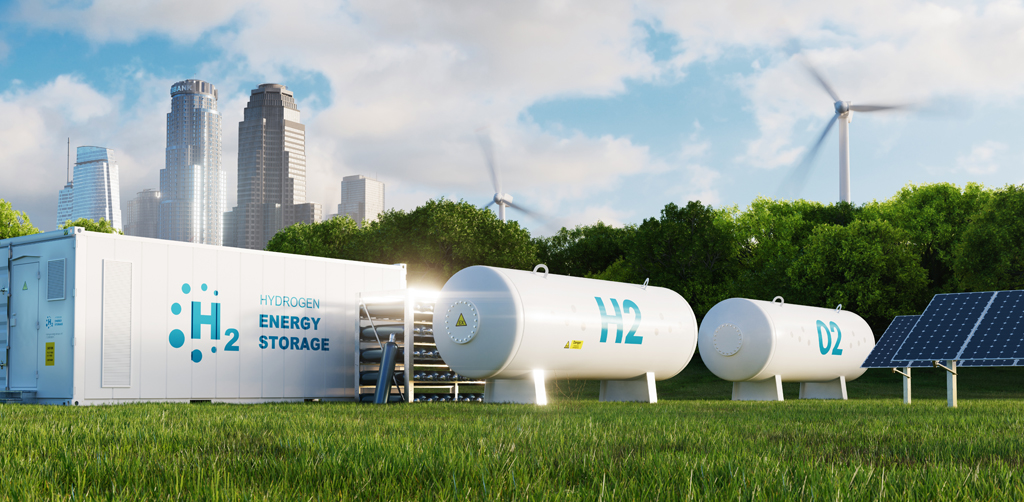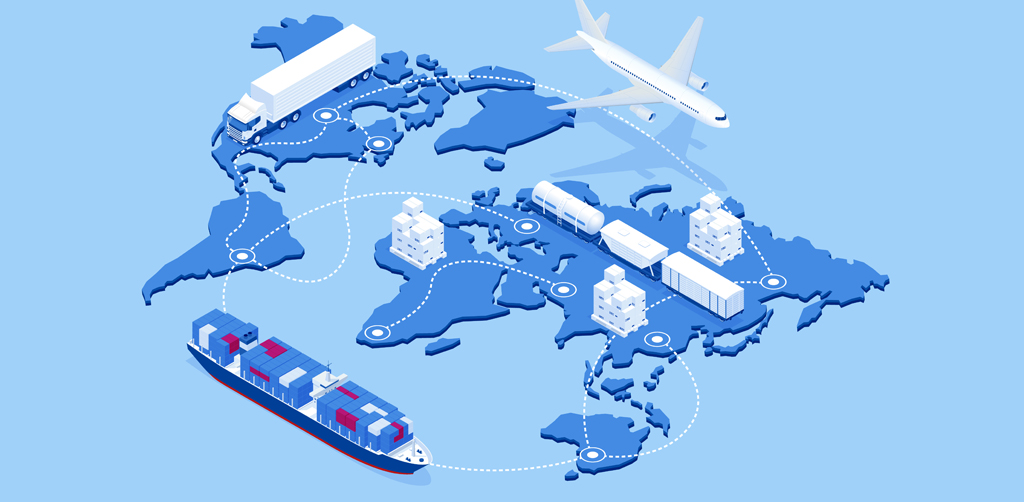Four Sealing Trends to Watch in 2022 and Beyond

After two years of living with Covid-19, industries as diverse as aerospace, energy, semiconductors, industrial, life sciences, and chemical processing continue to face a dynamic and disruptive time. At Greene Tweed we have kicked off 2022 by reflecting on what’s in store for industrial sealing solutions this year. Here are four trends, big and small, that will impact the sealing world in 2022 and beyond.
Prepare Your Seals for Brutal Cold

Several applications across industries rely on seals that must perform in challenging conditions such as extreme temperatures, immense pressures, and exposure to very different and sometimes very corrosive chemicals. And the requirements are all set to get even more stringent in 2022 and beyond, especially for applications that demand peak seal performance in cold and harsh environments. Some new engineering fluids developed for low-temperature semiconductor applications or aerospace applications will swell some FKM and FFKM seals over 200%. Knowing the right seal material for the specific low-temperature application is critical and begins with experienced application engineers who know the fluids, sealing materials, and the design requirement for good seals at low temperatures.
And the suitability of a seal for your low-temperature or cryogenic applications relies heavily on the materials of construction, especially if the application is abrasive or involves extreme pressures too. If you get a seal made of material not designed for low-temperature duty, this exposure could damage or even break your seal. As it reaches its low-temperature limit, it will harden and resist deformation to pressure, causing leak paths.
Clearly, choosing the right material for seals in applications with low temperatures will be paramount in 2022 and beyond. Widely used elastomeric material groups range from groups such as NBR, HNBR, and EPDM for less extreme applications, up to groups like Fusion® FKM, Xyfluor®, Fluoraz® FEPM, and Chemraz® FFKM for harsher and more demanding requirements. To choose the best sealing material for your application, you might want to understand the range of materials available and how temperature impacts their performance. Backed by an extensive portfolio of materials, Greene Tweed’s field experienced application engineers factor in all provided application parameters to ensure successful operation in the harshest service environments.
The Race to Net Zero is Speeding Up

Transition to a decarbonized economy seems all set for an acceleration in 2022 and beyond. United Nations Global Climate Summit in Glasgow, known as COP26, recently established a consensus on the steps nations and businesses need to take, from slashing global carbon dioxide emissions nearly in half by 2030 to curbing emissions of another potent greenhouse gas, methane. While most big companies have already embraced the idea of reporting data on their environmental, social, and governance practices, new rules are now being set up to hold them accountable for their progress – or lack of it.
With the clock ticking on climate change action, it has begun to become imperative for industrial sites across sectors to look at all the possibilities of reducing emissions. Emission leaks can come from various sources. According to the US Environmental Protection Agency (EPA), valves, pumps, and connectors are among the largest source of emissions of volatile organic compounds and volatile hazardous air pollutants from industries, such as petroleum refineries and chemical manufacturing facilities. EPA estimates that 90 percent of emissions from leaking equipment come from valves and connectors.
Unintentional emissions of gases or vapors from pumps and valves, or fugitive emissions, are commonly caused by a failure of seals and gaskets. As a result, fugitive emission compliance of equipment often depends on the reliability of their sealing systems.
As a market leader in specialty seals and sealing components, Greene Tweed is continually developing and testing new materials and technologies to design and manufacture elastomeric, thermoplastic, and thermoplastic composite solutions that improve efficiency, reduce leakage and fugitive emissions to optimize performance, increase operational safety and environmental compliance in extreme and demanding environments. Take our non-contacting Arlon® 4020 labyrinth seals and WR® / AR® composite wear parts, for instance. They provide substantial efficiency improvements that translate into energy savings and CO2 emission reductions.
The Hydrogen Economy is Moving Closer to Reality

Hydrogen is promising to be one of the most promising sustainable fuels of the future. The idea of hydrogen as a fuel is not new, but the emergence of green Hydrogen – the cleanest form of hydrogen that is produced using renewable sources of electricity to split water into hydrogen and oxygen—is exciting many governments, researchers, and companies to explore hydrogen as a potential solution to create a long-term carbon-free future. As a result, investments in Hydrogen are increasing rapidly. A recent study released by the Hydrogen Council developed in collaboration with McKinsey estimates that total investment in hydrogen will reach $500 billion by 2030, if all the 359 large-scale projects announced till now come to fruition.
Today, almost all hydrogen is used at the location of production, but this increase in activity is expected to change that in the future. To store and transport hydrogen efficiently, all storage vessels, pipelines, and equipment will need to support very demanding environmental conditions like high pressures or cryogenic temperatures. One of the primary challenges the industry will face is hydrogen diffusion into polymers. This means that hydrogen deployment will create the need for sealing systems that hydrogen can’t permeate and can withstand high pressures and low temperatures of hydrogen infrastructure.
Supply Chain Woes Aren’t Going Away

By now, you’ve probably heard all about the underlying weaknesses in global supply chains exposed by the coronavirus pandemic and the resultant logistics and transportation issues. Rarely have so many organizations across the world faced so many shortages, delayed shipments, and longer lead times than they have in the last two years.
Unfortunately, experts suspect that the unprecedented bottlenecks and disruptions we’ve witnessed across nearly every industry will be with us well into 2022 and maybe longer. Trade credit insurer Euler Hermes, for one, has warned that renewed virus outbreaks, China’s zero-Covid policy, and expected trade volatility during the Lunar New Year may continue to stress supply chains around the world. US Federal Reserve chair Jerome Powell has also advised Americans to be prepared for the global supply chain crisis through 2022.
We at Greene Tweed, like countless other companies, have faced unprecedented pricing pressures, suffering from extended lead times for key materials, and realizing supplier capacity and labor constraints, mitigating logistics disruptions, and managing force majeure situations. We have proactively challenged our supply chain partners to approach this year with a growth mindset and are working closely with them to secure available capacity to support customer requirements both now and well into the future.
If the strains of 2021 have taught us anything, it’s that we all need to plan ahead. When our customers forecast and communicate their needs in advance, we will do everything we can to strategically meet their requirements. As part of our mission to be a true partner to our customers and not simply a vendor, we will work with you and our suppliers to establish the right continuity strategies to secure stock and capacity to accommodate your short-term and long-term forecast.